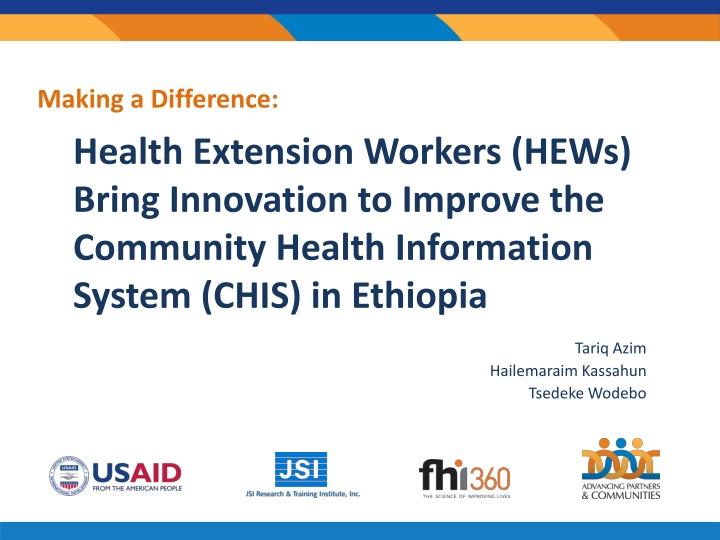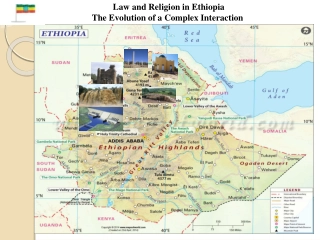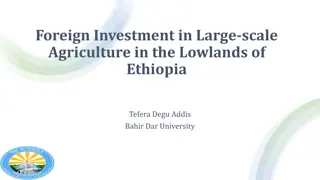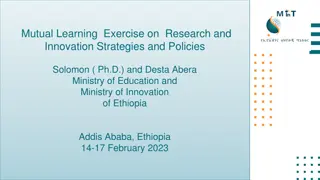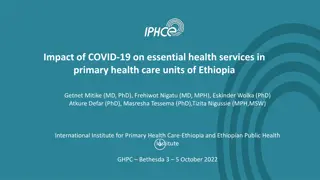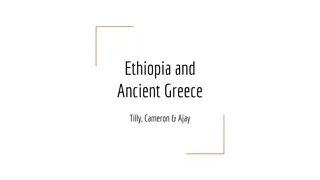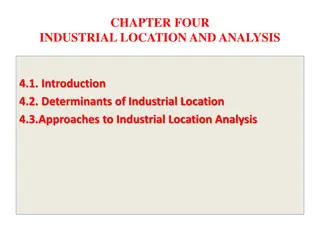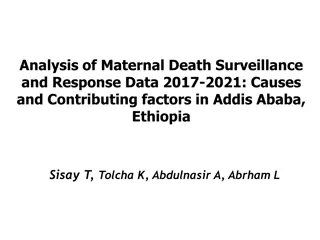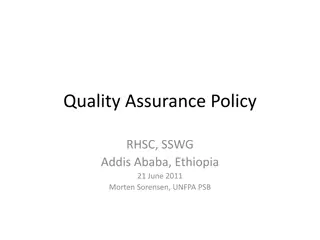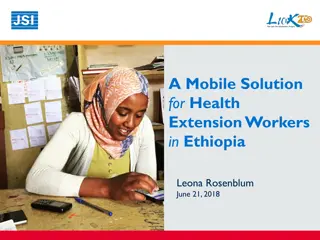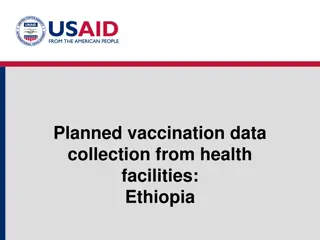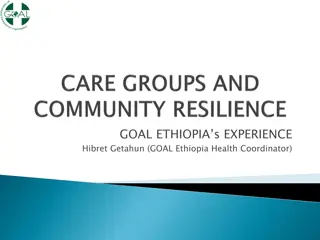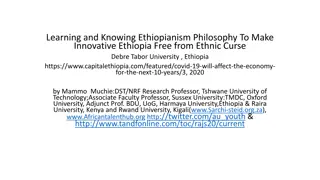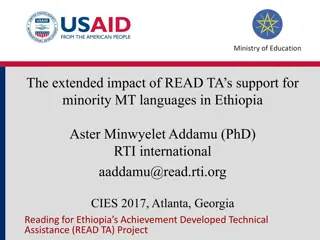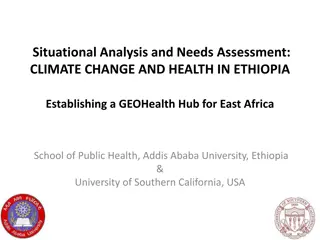Innovating Community Health Information Systems in Ethiopia
Health Extension Workers in Ethiopia bring innovation by introducing the Family Folder and Tickler File System to improve the Community Health Information System. These systems help track clients needing follow-up services such as pregnant women, children, and vulnerable populations. Through creative strategies like cloth pockets and service tags, HEWs enhance service delivery and continuity of care.
Download Presentation

Please find below an Image/Link to download the presentation.
The content on the website is provided AS IS for your information and personal use only. It may not be sold, licensed, or shared on other websites without obtaining consent from the author.If you encounter any issues during the download, it is possible that the publisher has removed the file from their server.
You are allowed to download the files provided on this website for personal or commercial use, subject to the condition that they are used lawfully. All files are the property of their respective owners.
The content on the website is provided AS IS for your information and personal use only. It may not be sold, licensed, or shared on other websites without obtaining consent from the author.
E N D
Presentation Transcript
Making a Difference: Health Extension Workers (HEWs) Bring Innovation to Improve the Community Health Information System (CHIS) in Ethiopia Tariq Azim Hailemaraim Kassahun Tsedeke Wodebo
Family Folder the Backbone of CHIS in Ethiopia Family Folder Center piece of CHIS Every household near a health post issued a family folder Designed to assist the Health Extension Workers (HEWs) deliver an integrated primary health care package
The Evolution of the Tickler File System at Health Posts in Ethiopia HEWs registered and followed-up with: pregnant women children who need immunization family planning clients HEWs faced difficulties in identifying these clients from the records
The Evolution of the Tickler File System at Health Posts in Ethiopia ctd. HEWs innovative ideas: Some HEWs introduced cloth pockets to hang on the wall They arranged small paper chits with house numbers of clients requiring follow-up services Other HEWs used paper packets with service tags to hang on the wall They placed the house numbers of clients who required follow-up inside the packets
The Evolution of the Tickler File System at Health Posts in Ethiopia ctd. Lessons from the field and expert discussions Introduction of tickler file boxes Included twelve monthly slots to organize client cards by month of next follow-up
Tickler File System Ensures continuity of care, helping HEWs to track clients needing follow-up services Pregnant women in need of antenatal, delivery and post natal care Children < 2 years of age in need of newborn care, immunizations and good monitoring and nutrition Orphans and vulnerable children People living with HIV/AIDS
HEW Training District Administration Mobilizing Volunteers
FF Filing system HH Numbering Record Keeping
Did the Tickler File System Make a Difference? Implementing the system requires investment: Training Wooden boxes Supportive supervision and mentoring Questions asked by managers and policy makers We studied the evidences around us: Electronic HMIS reports from health posts Supervisory visit reports Relevant publications
. Relevant Publications Quarterly Bulletins from the Federal Ministry of Health USAID s Top Ten Case Studies https://hssglobalcall.hsaccess.org/top-cases Fact Sheets from the MEASURE Evaluation website https://www.measureevaluation.org/resources/publications/ja-13-161 https://www.measureevaluation.org/our-work/health-information-systems/health-management- information-system-showcased-in-ethiopia Case-study: Understanding how a family centered information system strengthened the community health program in SNNPR, Ethiopia https://www.researchgate.net/publication/281649153_Understanding_how_a_family- centered_health_information_system_strengthened_the_community_health_program_in_SNNPR_Ethiopia
Findings CHIS helped build HEWs confidence Previously we didn t know who would come and when for family planning services because of the workload, but now we know, andthis has helped to build the community's trust in me. - HEW (We) feel more attached to the health post, because the HEW now maintains our records. - Community leader
Findings ctd. Improved performance of pregnancy care services Proportion of women who were receiving antenatal and postnatal services from health posts was well maintained (e.g. ANC1= 59%; ANC4=56%, PNC 75% in Duna woreda) In Kaccha Bira, overall performance of health posts is low Many mothers sought services at a hospital in this woreda
Conclusion Paper-based CHIS played an important role in improving health services through better information use at the service delivery site Overall, it provided a more accurate reflection of the situation Digitized CHIS could be more useful
